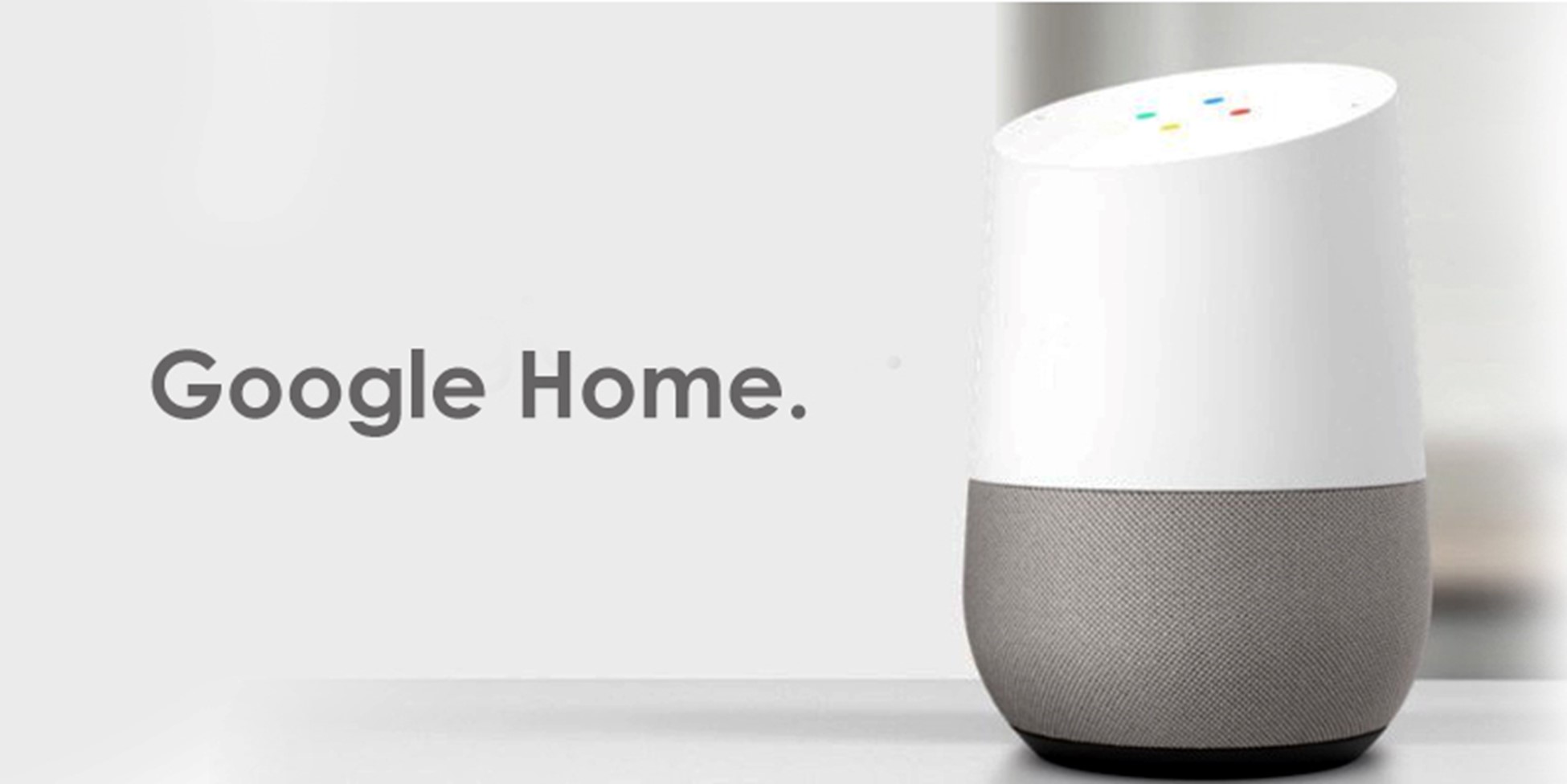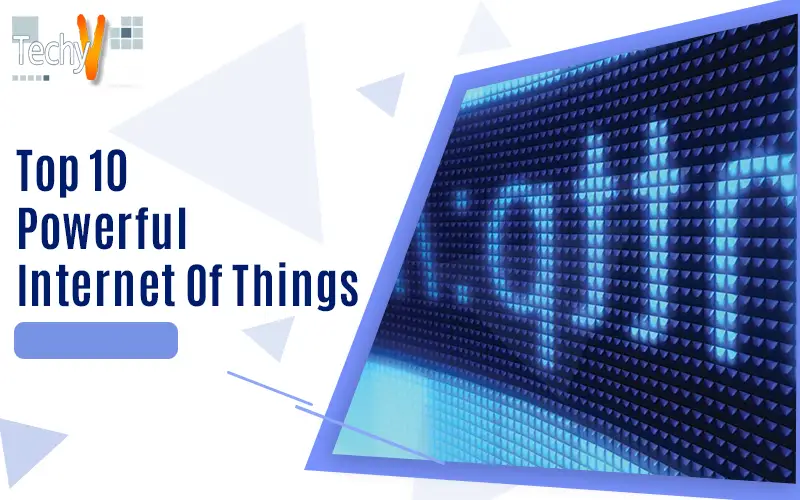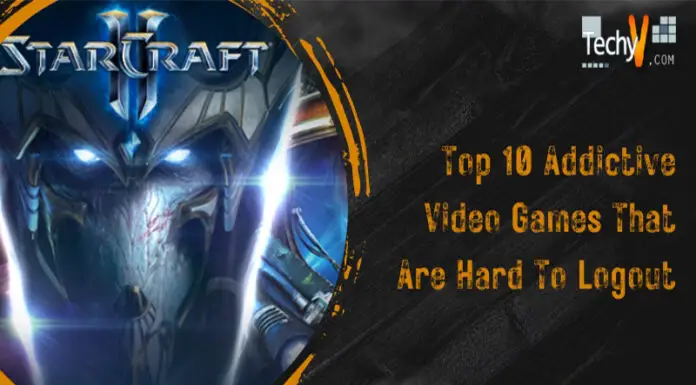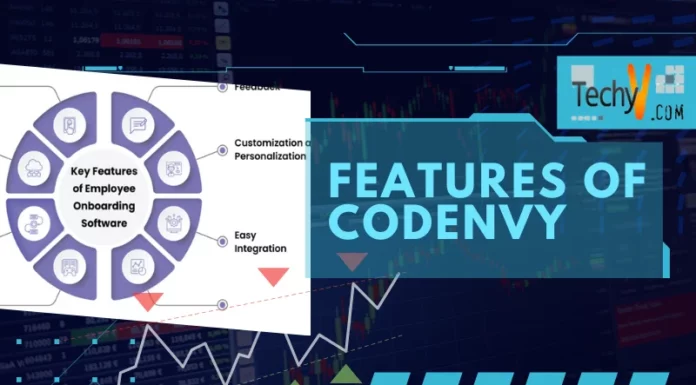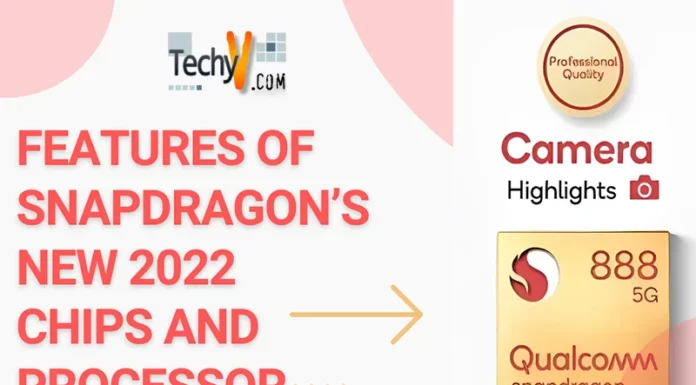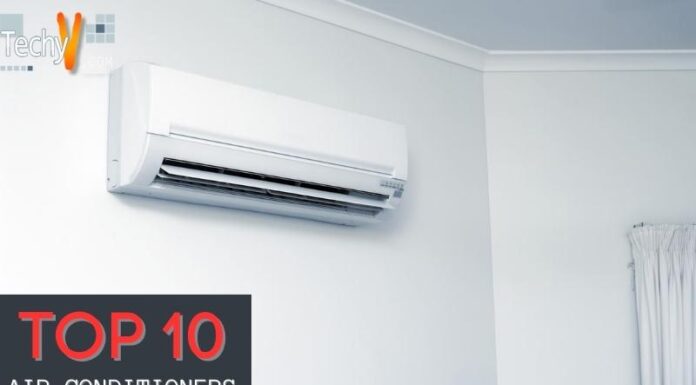IoT is the next internet revolution. The technique digitizes physical devices. Despite the increasing prominence of IoT, many people are in the shadows of technology. Here, we will discuss IoT and present real-world examples of connected systems.
1. IOT Sensors
The circuit boards may measure carbon monoxide, temperature, humidity, pressure, vibration, and motion. Unlike basic sensors, IoT sensors can collect and send data to linked devices. IoT sensors provide meaningful data insights through automation. For example, businesses employ them for predictive maintenance, efficiency, and cost savings.
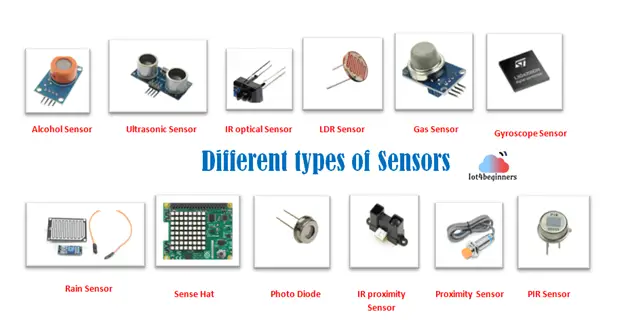
2. IOT Data Analytics
Businesses use IoT data analytics to analyze vast, tiny data for trends and patterns. For example, structured, unstructured, and semi-structured data can be analyzed by IoT programs.
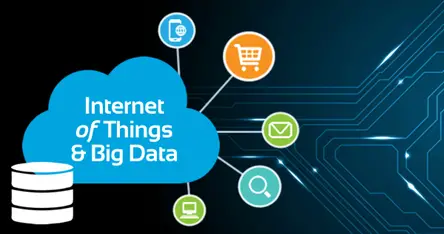
3. IOT Tracking And Monitoring System
Businesses track IoT assets, and trackers use GPS or RF to monitor investments. Smart gadgets can identify and verify long-range assets.
4. IOT-Connected Factory
Businesses can use Azure IoT to manage industrial IoT devices; for example, the connected cloud program may control a variety of gadgets. Connected manufacturing solutions report equipment efficiency and telemetry data. Assets at different locations can be surveyed. Connect, monitor, and control remote industrial devices with a connected factory.
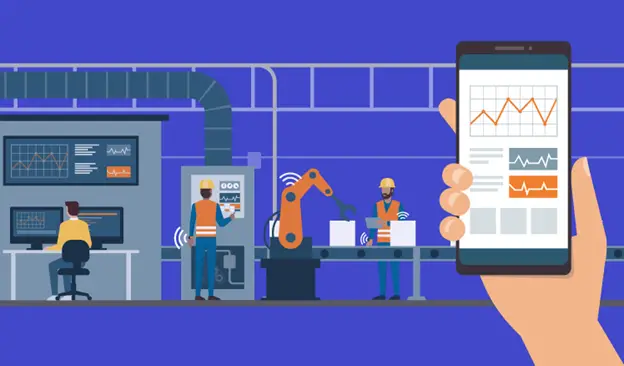
5. Supply Chain Intelligence
Intelligent routing and rerouting algorithms improve supply chain predictions. For example, smart IoT devices connected to shipments can give GPS and RFID signals to help make supply chain choices. IoT applications reduce supply chain unpredictability. Intelligent supply chain management strategies reduce variance, cut costs, and boost profitability—the program aid with inventory, vendor, fleet, and planned maintenance.
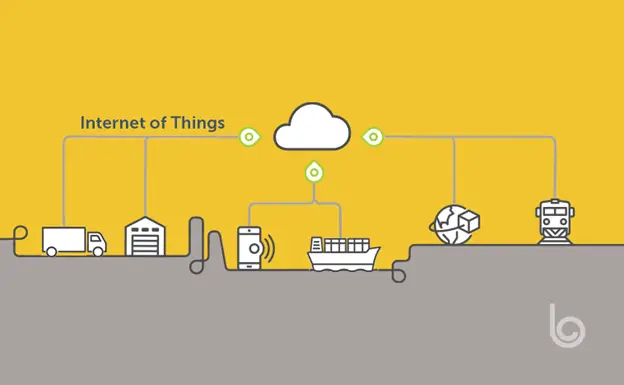
6. Smart Barcode Readers
IoT barcode readers help retailers manage inventories, and readers support AI-based DSP. These technologies optimize retail, shipping, warehouse, and other operations. IoT bar card scanners connect to other systems via cloud data. Connected bar code readers simplify inventory management. As a result, IoT barcode readers can be included in shopping carts. AI-based sensors identify fallen or deleted cart items and can automatically transfer data to the computer, saving time and improving the customer experience.
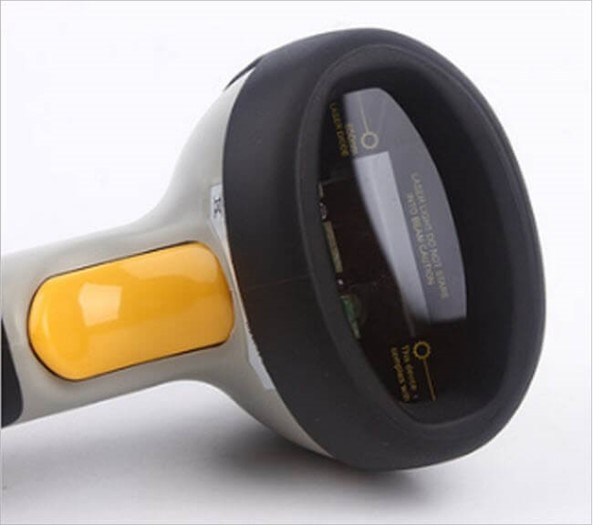
7. Smart Grids
Smart grids are another industrial IoT use. The grid monitors real-time supply and demand data and uses AI to handle resources efficiently. Smart grid IoT can improve outage management for utilities. For example, they can determine load distribution and increase reliability. In addition, the technology can detect and repair faults. Smart grid lets utilities connect meters and substations. Using IoT in the grid ecosystem helps utilities control power infrastructure and resources. In addition, they provide superior energy to consumers.
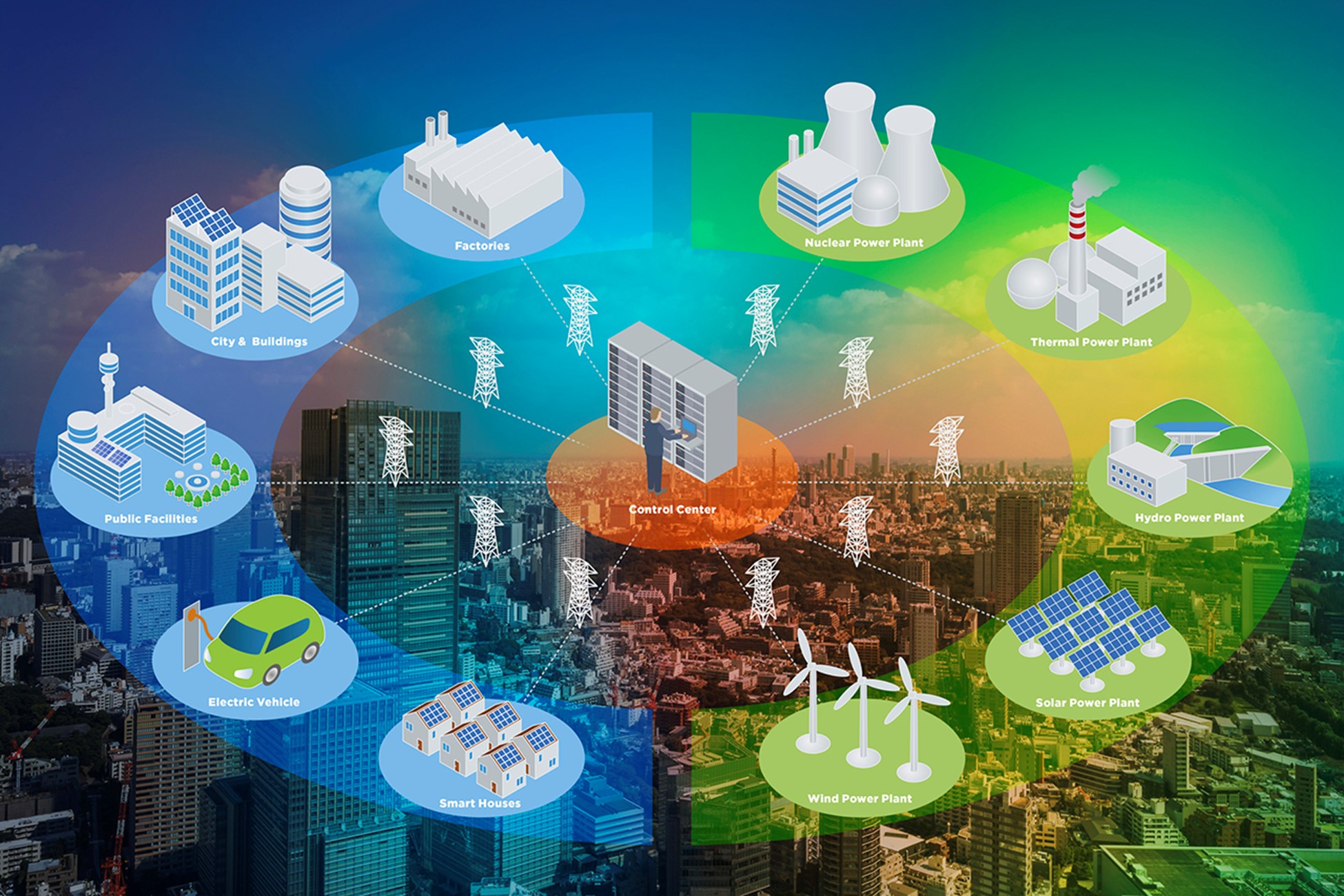
8. Connected HealthCare System
IoT has healthcare uses. Using intelligent medical equipment, technology can give high-quality medical care. The Internet of Medical Things (IoMT) helps monitor and provide crucial data for healthcare choices. In addition, IoT medical gadgets can increase access to medical care. IoT medical gadgets allow remote real-time patient monitoring. The devices can promptly notify a doctor of an asthma attack, heart failure, Etc. IoT devices capture blood pressure, sugar, oxygen, and weight. Doctors can view internet data anytime. In addition, IoT automates patient care by streamlining the process.
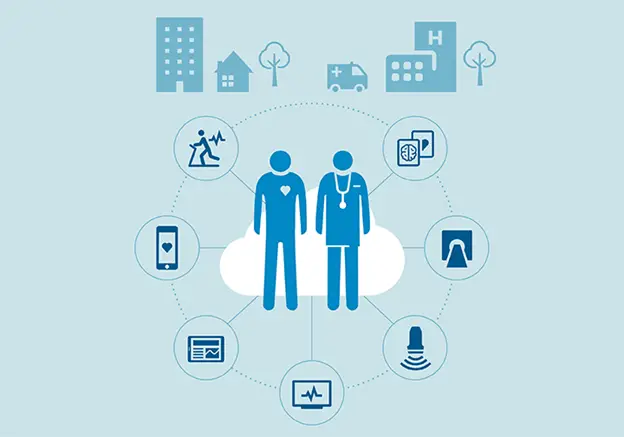
9. Smart Agriculture
Farmers can use innovative IoT farming applications to optimize activities like harvesting plants, creating fertilizer profiles based on soil chemistry, and sensing soil nutrients and moisture levels. IoT can help with precise farming and optimizing yield. According to BI Intelligence, farm IoT device installations will climb 20% to 75 million by 2022. Innovative Elements, AllMETOE, and Pynco, are IoT farming gadgets that detect weather and environmental data. Smart farming can transform agriculture. For example, IoT can increase agriculture’s quality and quantity.
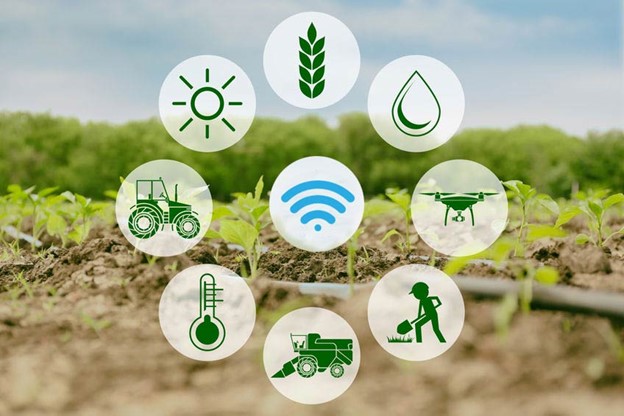
10. Google Home Voice Controller
The Google Home Voice Controller is an intelligent Internet of Things device that enables users to enjoy features such as media, alarms, lights, thermostats, adjust the volume, and many more functions simply by using their voice.
